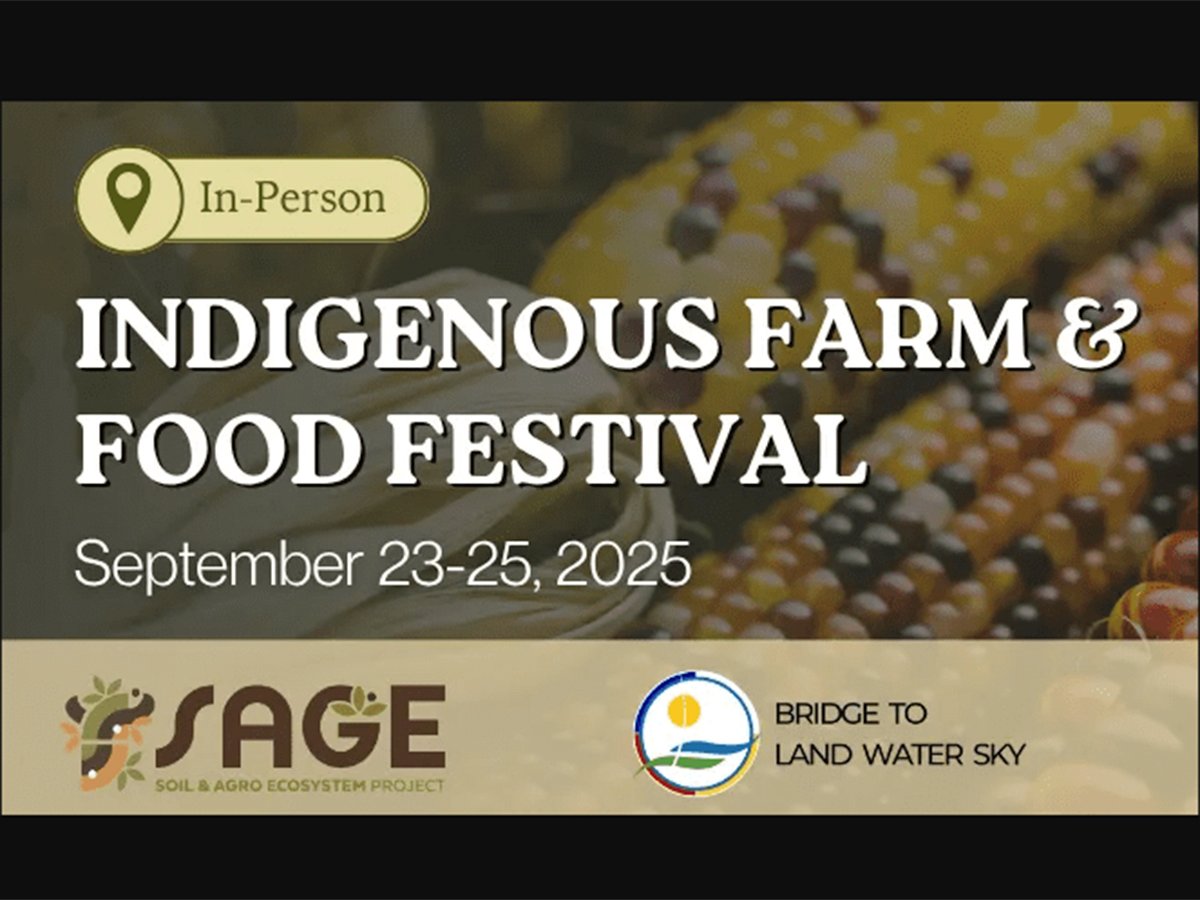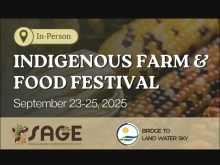IN MOST occupations, potential business owners research markets,
develop a business plan and continuously assess changing markets and
needs. Few become a success overnight, but gradually work toward
long-term profitability and sustainability.
Sometimes there is an anomaly.
Elk owners faced a unique situation: they became successful almost
overnight, thanks largely to the antler velvet business. The markets
eagerly came to them.
In the mid-1990s, as Asians yearned for elk velvet for various
Read Also

Finding the sweet spot where ag science meets ag culture
Soon, many will look at practices such as seeding marginal acres to forage, growing cover crops and livestock integration and ask why they didn’t do this sooner.
medicinal purposes, elk antler could fetch an attractive $110 a pound
or more. Breeding stock enjoyed rising prices. While elk owners
invested money in good stock, fences and feed – as any serious
livestock producer would – they did not need to invest a great deal of
capital in business plans, market development or new product research.
Optimistically, they felt they had it made.
Then came a string of misfortunes: the collapse of financial markets in
Asia; chronic wasting disease leading to the eradication of more than
7,000 elk in Saskatchewan; the worst drought in decades; and closure of
the most lucrative market.
South Korea, which bought about 70 percent of Canadian antler velvet
exports, closed the borders to Canadian elk products at the end of
December.
Last year, elk antlers still earned about $70 per pound. This year,
prices continue to drop, and are now $20 to $30 per pound.
The price for breeding stock has fared no better. Some owners lament
that prices are 10 to 50 percent lower than when they entered the
business. Some can now afford to butcher the animals for a meat market,
but there are no federally approved slaughter facilities for elk.
A hard lesson has been learned. Nobody in an agricultural venture can
take success for granted and they must work to retain or regain it.
Gathered for their annual meeting recently, Saskatchewan elk breeders
shared their experiences and their vision of where the industry must
go. They have gained valuable insight and are determined to move
forward.
Among other lessons, elk producers learned never to take markets for
granted, to be prepared for price reductions and to avoid dependence
on one product or market.
They learned to discover exactly what the market wants and identified
the need to adapt quickly to meet new market demands.
They learned the value of cultivating relationships with buyers and
customers through travel and face-to-face meetings, and the importance
of learning their customers’ culture and business climate within that
culture.
Elk producers learned they had to patiently accept that it may take
several meetings to trigger valuable and long-term sales agreements.
A recent trip to South Korea and New Zealand by elk industry
participants was a valuable first step. They realized the need for a
national grading system for antlers, better antler cutting practices,
on-going promotion and government-level safety assurances to foreign
governments.
Long-term business plans are needed for Canada and for the export
market, and the provinces must work together. The health benefits of
elk products must be aggressively researched, and the dietary
attributes of elk meat must be identified and promoted.
While an elk meat industry is anticipated, little has been developed in
that direction. The Alberta Wapiti Producers meat-marketing co-op plans
this year to sell 500 animals to high-end Alberta restaurants, but
potential Saskatchewan consumers can’t find elk meat for sale beyond
the farmgate.
Research is crucial. In the past, the industry relied on elk breeder
donations to fund research. When business dropped, research dollars
dwindled. There are promising developments, such as a recent study
indicating antler velvet may help fight liver disease, but more
resources are needed.
The elk industry has shown promise by identifying its weaknesses and
attempting to establish future directions. Whether those lie in
encouraging a national grading system for antlers, developing a more
formal approach to attract research dollars, or developing a long-term
marketing plan, these are all indications of a maturing industry – one
that accepts it won’t become a success again overnight.
While unusual in some ways, the elk producers’ experiences reflect
those of other Canadian livestock sectors.
Sharing their experiences can help build stronger national or export
markets for live animals and animal products.














